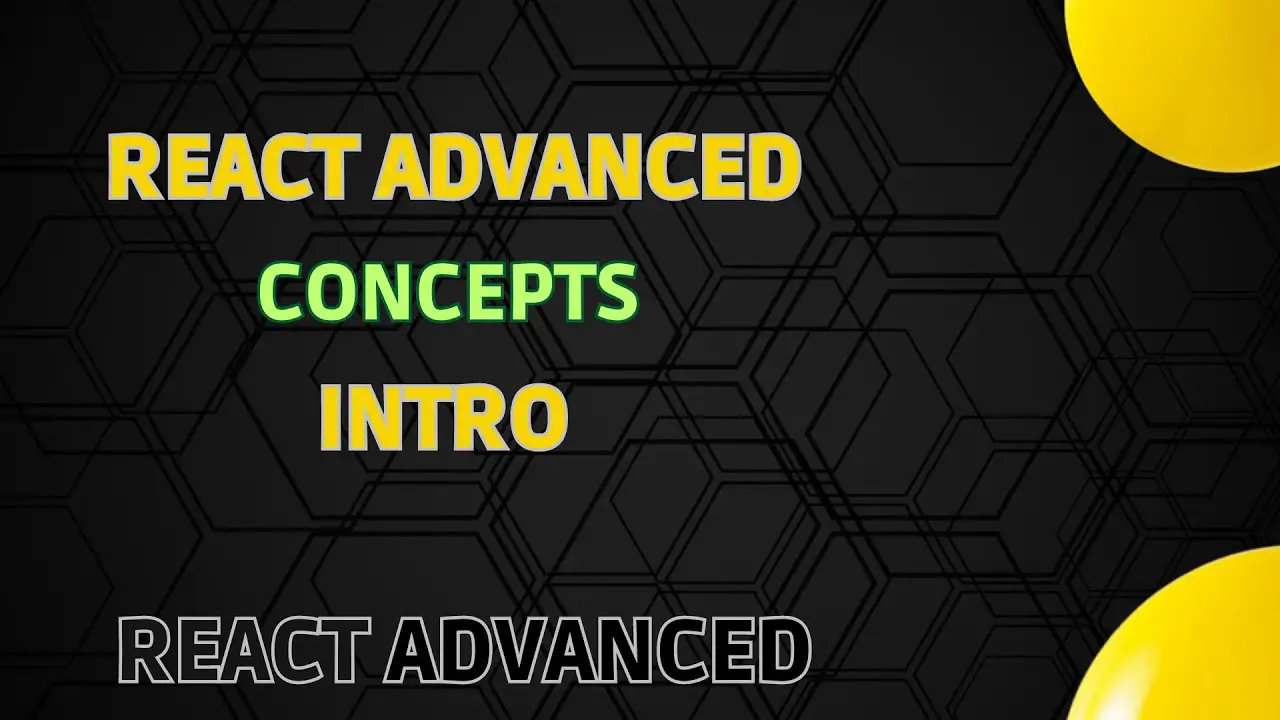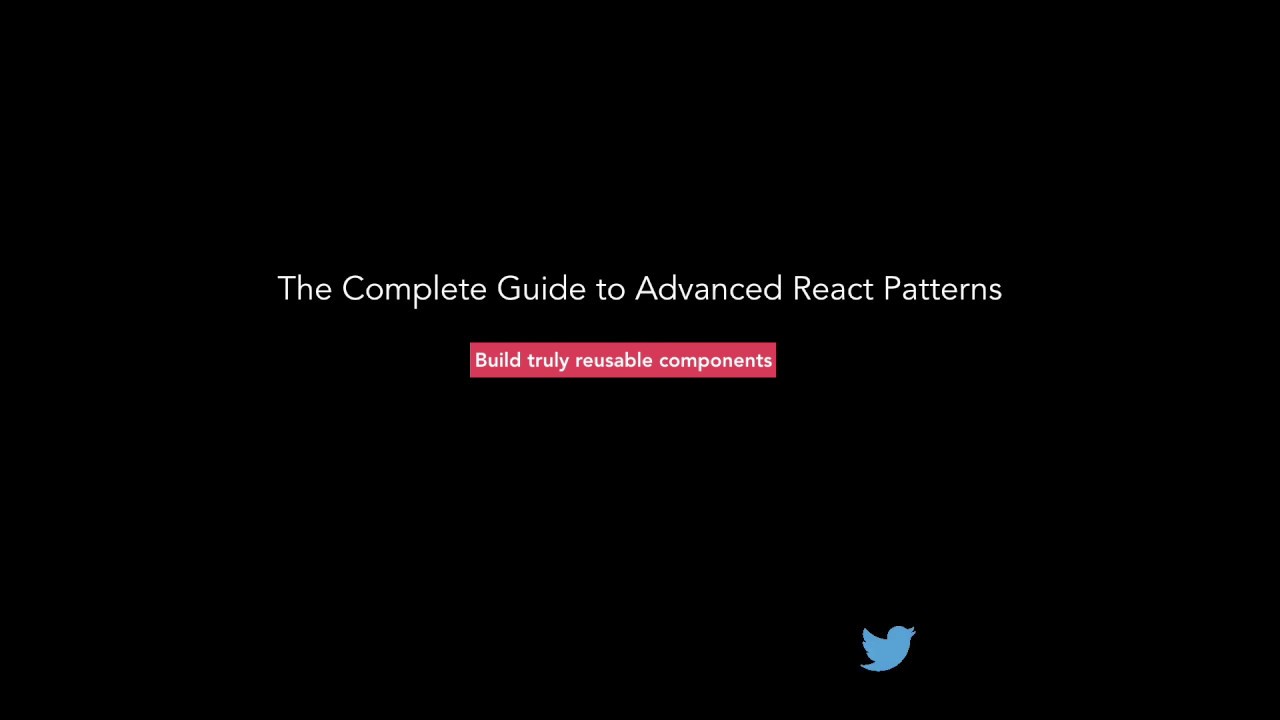Mastering React: Advanced Techniques and Patterns

React is one of the most popular JavaScript UI libraries used for building interactive and responsive web applications. However, there are limits to basic concepts and understanding. To elevate your React development skills to the next level, delving into advanced techniques and patterns is essential. This journey unlocks the potential to create highly efficient and maintainable applications.

Advanced React techniques encompass a vast array of topics, including:

-
Functional Programming Concepts: Embrace functional programming principles to optimize code readability, testability, and maintainability.
-
Redux and State Management: Implement Redux for robust state management, ensuring predictable state transitions and centralized data handling.
-
Routing with React Router: Leverage React Router for seamless navigation between different parts of your application, managing URLs and view transitions.
-
Code Splitting and Lazy Loading: Enhance performance and user experience by splitting code into smaller chunks and loading them on demand, reducing initial load times.
-
Server-Side Rendering and Staticization: Utilize server-side rendering (SSR) and static site generation (SSG) to improve search engine optimization (SEO) and reduce page load times.
-
Testing in React: Implement comprehensive testing strategies to ensure the reliability and stability of your application, covering unit, integration, and end-to-end testing.
-
Custom Hooks: Craft custom hooks to encapsulate complex state management logic and share functionality across multiple components, enhancing code reusability and maintainability.
-
Performance Optimization Techniques: Employ performance optimization techniques such as memoization, profiling, and using React DevTools to identify and address performance bottlenecks.
By mastering these advanced React techniques and patterns, you not only elevate your React development skills but also unlock the potential to build complex, scalable, and user-friendly web applications that stand the test of time. Embark on this journey of React mastery today and take your web development prowess to new heights.## Mastering React: Advanced Techniques and Patterns
Executive Summary
React, a powerful JavaScript library for building dynamic UIs, offers a robust ecosystem of advanced techniques and patterns that can enhance performance, scalability, and developer efficiency. This article explores five key subtopics to empower React developers with the expertise to master these advanced concepts and leverage React’s full potential.
Introduction
React has revolutionized frontend development, but unlocking its full capabilities requires a deep understanding of its advanced features. This article will delve into essential techniques, architectural patterns, and best practices that can significantly improve React applications.
1. Performance Optimization
Purpose: React applications can slow down under heavy loads or with complex computations. Performance optimization techniques aim to address these issues and enhance response time.
- Virtual DOM Diffing: React uses a virtual DOM to track changes efficiently. By using diffing algorithms, React can minimize DOM operations, optimizing rendering performance.
- Memoization: Memoization is a technique that stores the results of expensive computations, avoiding redundant calculations and speeding up rendering.
- Code Splitting: Dividing an application into smaller, loadable chunks allows for on-demand loading and reduced initial page load time.
- Profiling: Identifying performance bottlenecks using tools like React Profiler and Chrome Developer Tools enables targeted optimizations.
- Lazy Loading: Suspending the rendering of components until they are needed optimizes performance for large applications.
2. Data Management and State Management
Purpose: Managing state consistently in React applications is crucial for correctness and efficiency. Libraries and patterns help organize and control state updates.
- Redux: A popular state management library that provides a centralized store and predictable state updates.
- React Query: A powerful caching and state management solution for fetching data from external sources.
- Immutable State: By ensuring that state updates do not mutate existing data, developers can maintain predictable application behavior.
- State Optimization: Techniques such as lazy state initialization and partial updates can minimize unnecessary computations and memory usage.
- Hooks: Hooks offer a convenient way to manage state without class components, enhancing code readability and flexibility.
3. Reusability and Modularity
Purpose: Promoting code reuse and modularity is essential for efficient maintenance and scalability. Patterns and techniques help achieve these goals.
- Components and Composition: React embraces the concept of building reusable components that can be combined to create more complex UIs.
- Higher-Order Components (HOCs): HOCs are functions that wrap existing components to extend their behavior, promoting code reuse.
- Render Props: A pattern that allows passing custom rendering logic to components, enhancing flexibility and modularity.
- Functional Reactive Programming (FRP): FRP helps manage state and side effects effectively, making code more testable and maintainable.
- Context APIs: Context provides a way to share state and data between components without passing props through multiple levels.
4. Error Handling and Resilience
Purpose: React applications can encounter errors during development or production. Robust error handling strategies ensure a graceful user experience and minimize application downtime.
- Boundary Components: Error boundaries are components that encapsulate other components and handle errors to prevent them from affecting the rest of the application.
- Logging and Reporting: Logging errors to the console or third-party services helps identify and resolve issues in production.
- Asynchronous Error Handling: Handling errors effectively in asynchronous code is crucial for maintaining application responsiveness and stability.
- Global Error Handling: Establish central error handlers to catch unhandled errors and provide a consistent response to the user.
- Testing: Thoroughly testing error scenarios and using tools like Jest and Cypress ensures that errors are handled correctly.
5. Code Quality and Best Practices
Purpose: Adhering to best practices and using code quality tools is essential for maintaining high standards and reducing technical debt.
- Linting and Code Formatting: Tools like ESlint and Prettier help enforce consistent coding styles and identify potential errors.
- Unit Testing: Writing unit tests for critical components ensures correctness and facilitates regression protection.
- Integration Testing: Integration testing verifies the interactions between components and data sources.
- Performance Monitoring: Using tools like the React Profiler and Chrome Developer Tools enables monitoring application performance and identifying areas for optimization.
- Code Reviews: Regular code reviews promote collaboration, knowledge sharing, and ensure adherence to best practices.
Conclusion
Mastering React’s advanced techniques and patterns empowers developers to create scalable, performant, and maintainable applications. By embracing performance optimization, data management, reusability, error handling, and code quality, developers can unlock the full potential of React and deliver exceptional user experiences. These advanced techniques are essential for any React developer striving to build robust, reliable, and high-quality web applications.
Keyword Tags
- React.js
- Advanced React Techniques
- Performance Optimization
- Data Management
- Reusability
